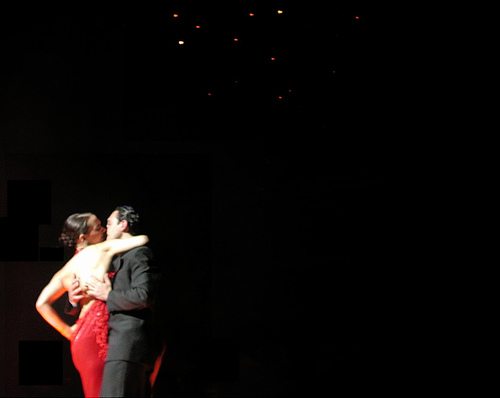
On New Year’s Day, 1949, James Mangan went to the Cook County recorder of deeds and registered his own country. The Nation of Celestia, he said, encompassed all of outer space. He was claiming it, as “founder and first representative,” to prevent anyone else from establishing political hegemony there.
Mangan wasn’t shy about it, either. Later that year he informed the United States, the Soviet Union, the United Kingdom, and the United Nations that he was banning atmospheric nuclear tests, and he sent angry letters to the Americans and the Soviets when their space flights infringed on his “territory.” He even briefly got the U.N. to add the Celestian flag to those of its member nations.
Still, the idea never caught on, it largely died with its founder. All that’s left are some stamps, coins (“celestons”), and the titles Mangan gave to his grandsons: Glen Stump, “Duke of Selenia,” Dean Stump, “Duke of Mars,” and Todd Stump, “Duke of the Milky Way.”



